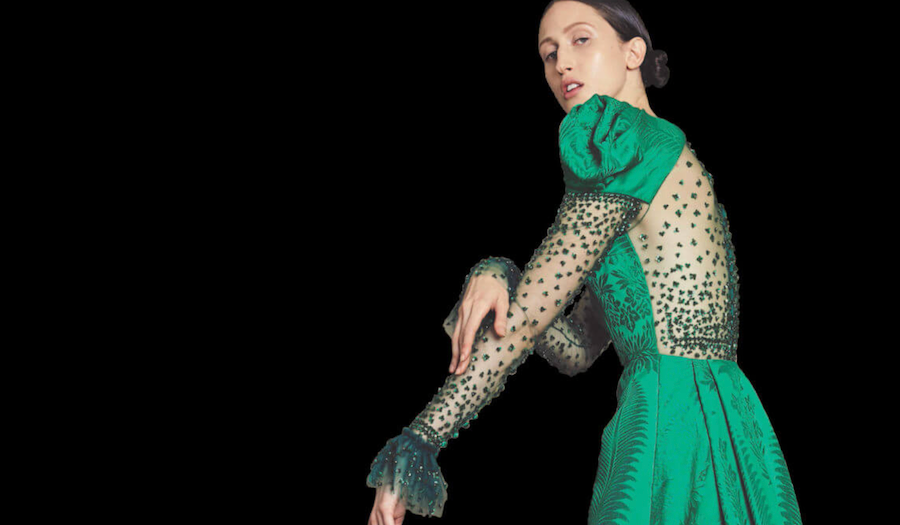
THE MILL AND THE FLOSS
Image: Gainsborough Silk Mill for Giles Deacon A/W 16/17
Sudbury in Suffolk, England, had been a centre of silk weaving since the arrival of Huguenot weavers in the 19th Century, and it was here that Reginald Warner established the Gainsborough Silk Weaving Co. Ltd in 1903. Since then, Gainsborough has been producing some of the world’s finest interior furnishing fabrics— high quality Damasks, tapestries, and velvets.
Initially formed from Reginald Warner’s personal collection of European samples and fabric tomes acquired from the Ipswich Weaving Co., the initial ambition for Gainsborough was to specialise in historical reproductions, overlaid with a distinctive English interpretation.
 Image: Archive sample book. Courtesy of Gainsborough Silk Mill. Photo: Alun Callender Photography
Image: Archive sample book. Courtesy of Gainsborough Silk Mill. Photo: Alun Callender Photography
Successive generations of weavers and designers have built on those foundations with contemporary collections and bespoke commissions that speak of the eras in which they were conceived, so that Gainsborough now boasts an archive of over 7,000 designs, dating as far back as the 15th Century, recording every fabric ever woven at Gainsborough.
 Image: Inside the mill. Courtesy of Gainsborough Silk Mill. Photo: Alun Callender Photography
Image: Inside the mill. Courtesy of Gainsborough Silk Mill. Photo: Alun Callender Photography
The mill retains any yarns specifically dyed, a cutting of the fabric woven, and produces a technical sheet with all other information pertaining to that sample. Each new fabric is identified by an independent making order number, a design number, and client information.
Neil Thomas has been at Gainsborough for over 30 years. He shares his experience in the Jacquard woven textiles industry with SELVEDGE on 9 November, when we discuss all things silk.
 Image: Collaborating with Zandra Rhodes. Courtesy of Gainsborough Silk Mill. Photo: Alun Callender Photography
Image: Collaborating with Zandra Rhodes. Courtesy of Gainsborough Silk Mill. Photo: Alun Callender Photography
